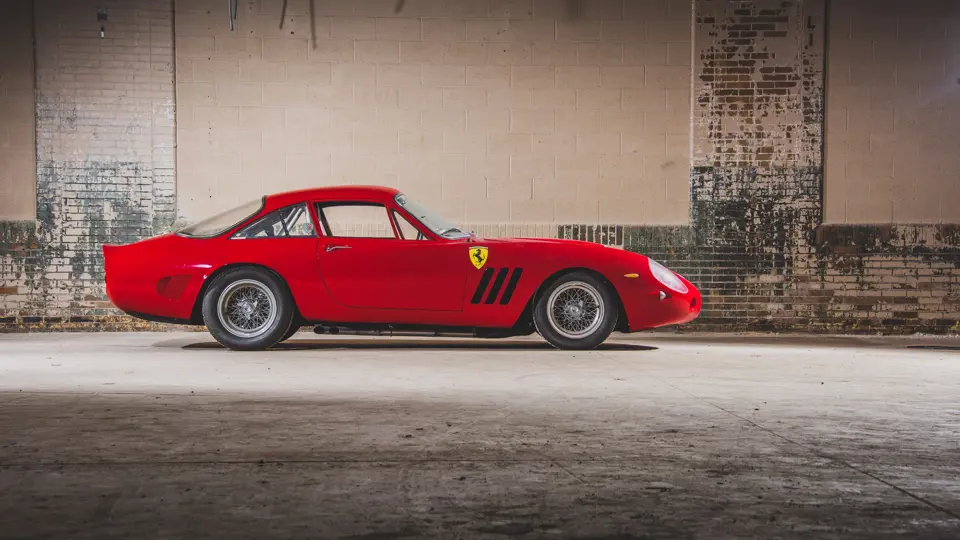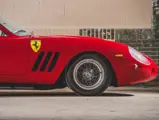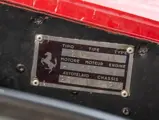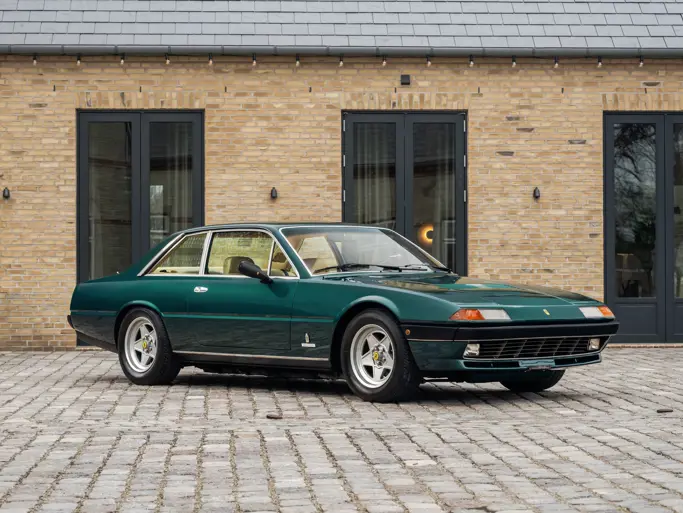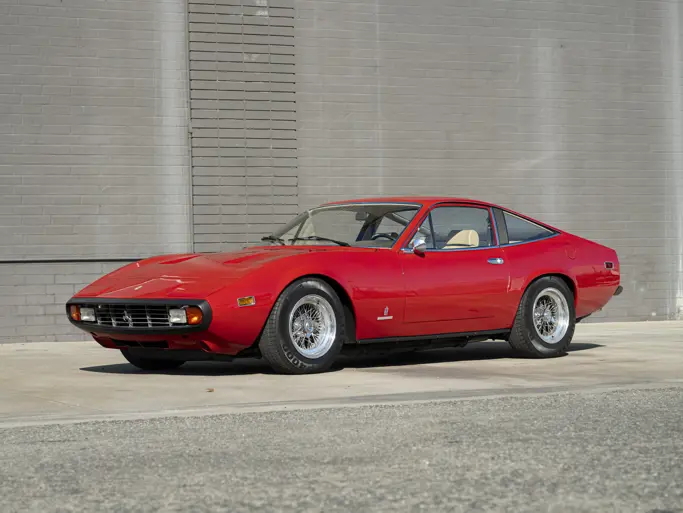
1964 Ferrari 250 GT/L Berlinetta Lusso by Scaglietti
{{lr.item.text}}
$907,000 USD | Sold
Offered from the Lost & Found Collection
{{bidding.lot.reserveStatusFormatted}}
- Retains numbers-matching engine
- Expertly customized for competition use, including GTO-style performance modifications
- 330 LMB-style alloy coachwork by Williams & Pritchard
- Benefits from 20 years of care under current ownership
- An intriguing restoration candidate
- Unique example highlighting the 250 GT platform’s performance potential
THE BERLINETTA LUSSO
The Ferrari 250 GT/L berlinetta Lusso is undoubtedly one of the most appealing grand touring models ever built, combining the 250 GT’s developmental apogee with one of Scaglietti’s most acclaimed coachwork creations. Introduced at the 1962 Paris Salon as a replacement for the discontinued 250 GT PF Coupe, the Lusso (Italian for “luxury”) featured an all-new interior arrangement highlighted by a revised dash panel and leather upholstery throughout the cabin.
Mechanically, the Tipo 168 U engine was the ultimate 3-liter development of the long-running short-block “Colombo” V-12, featuring the outside-plug ignition and single-cylinder porting that had proven so successful in the 250 Testa Rossa and California Spider racing variants. This superb platform was further bolstered by chassis improvements including four-wheel disc brakes, a suspension with coil-over shock absorbers at each corner, and a rear Watts linkage that had been perfected on the legendary 250 GTO.
Originally owned by jet-set luminaries and celebrities such as Steve McQueen, the Lusso was built in a modest quantity of just 350 examples over roughly two years of production. The 250 GT/L has since evolved into one of Maranello’s most collectible production models, essentially the final and most developed evolution of the celebrated 250 GT lineage.
FROM GT TO LMB
Converted to racing specifications, and now emerging from 20 years of storage, this unique Ferrari is an intriguing prospect. According to the research of marque expert Marcel Massini, chassis number 5521 GT is the 269th example built, and it completed assembly during April 1964 with a finish in Amaranto paint over a Beige leather interior.
Specified in left-hand drive, the 250 GT was delivered to the UK marque distributor Maranello Concessionaires and sold new to a Mr. Moll, an English resident living in Sicily. Over the next two years, the Lusso was serviced five times at the Ferrari Factory Assistenza Clienti in Modena before being sold to an enthusiast based in Geneva, Switzerland. After receiving attention twice more at the Assistenza Clienti, the berlinetta was sold into British ownership in 1967, eventually passing to racing enthusiast Mike McQuaker of London by 1973. By this time the coachwork had been refinished in light green, and shortly thereafter the car was painted yet again in dark green.
In 1976 Mr. McQuaker began racing the Ferrari, for which the car was treated to an impressive series of modifications. Most significantly, the matching-numbers engine was fitted with six carburetors, while the motor’s lubrication system was upgraded to a dry-sump configuration. The chassis was mounted with new alloy coachwork with GTO-style rear brake vents and a front end in the style of the Ferrari 330 LMB, care of the well-known racecar coachbuilding firm Williams & Pritchard. (The 330 LMB, or “Le Mans Berlinetta,” was a further development of the 250 GTO that was partially based on the Lusso chassis, although it saw only very limited competition use before Ferrari entirely transitioned to mid-engine racing designs. Just four 330 LMB examples were built by the factory, with one achieving a 5th overall and 1st in class finish at the 1963 24 Hours of Le Mans.)
Over the next 14 years, McQuaker continued to refine the racing Lusso with further work performed by noted specialists like Bob Houghton, Ray Mallock, and DK Engineering, among others. These measures included fitting the engine with larger GTO-style valves, high-compression pistons, Carrillo connecting rods, and a cold air box with velocity stacks. In combination with a new quad exhaust system flowing through side pipes, the modifications contributed to an increased power output of 290 horsepower.
Further modifications included the installation of an aluminum radiator with an auxiliary cooling fan, upgraded brakes with competition-style alloy calipers and vented rotors, a dual-circuit master cylinder, front and rear adjustable sway bars, adjustable Koni shock absorbers, and a trunk-mounted fuel cell. The clutch was rebuilt into a dual-plate racing clutch, and the interior was fitted with Recaro racing seats and a roll cage. This work was reportedly conducted in a manner that could be relatively easily reversed, allowing for a potential return to factory/original specifications for the future caretaker that might so desire.
The competition modifications proved to be quite effective, as the LMB-style Lusso went on to be very competitive in racing events, reportedly winning the British Maranello Ferrari Challenge Series in 1986 and 1987. After passing through at least two additional ownerships based in the UK, including Peter Waterman’s important collection of racing Ferraris, the 250 GT was sold to a Florida-based enthusiast in 1999, and in August 2002 it was offered at RM Auctions’ flagship sale in Monterey, California. In March 2003 the Lusso was campaigned at the historic challenge event at Sears Point Raceway, and by the end of the year the car was owned by Richard Freshman’s Fossil Motorsports, respected specialists in racing conversions and event preparation.
After being sold later in 2003 to Walter Medlin, the Ferrari was treated to a refinish in the current livery of rosso paint, and it has since been preserved through 20 years of nearly undisturbed storage. On a few occasions the 250 GT has been publicly displayed, including an appearance at the 2003 Winter Park Concours d’Elegance, and another at the Celebration of Automobiles held at the Indianapolis Motor Speedway in May 2014.
Although the 250 GT will doubtlessly have to undergo a thorough restoration to attain optimal driving condition, the effort should prove worthwhile for the future caretaker with the proper vision. For the vintage competition enthusiast seeking to experience a glimpse of GTO-style racing, this unusual Lusso could potentially offer elements of the legendary racecar’s performance characteristics at a fraction of the investment. Or, for the enthusiast intent on stewarding a forgotten Lusso back to its original factory configuration, this car offers an enchanting opportunity, as it desirably maintains the matching-numbers engine.
In any event, with the potential for either display or racing applications, this long-dormant 250 GT, available now from the Lost & Found Collection, would make a rewarding project for any dedicated Maranello enthusiast, sure to bring considerable pleasure to its next caretaker following a careful refurbishment.




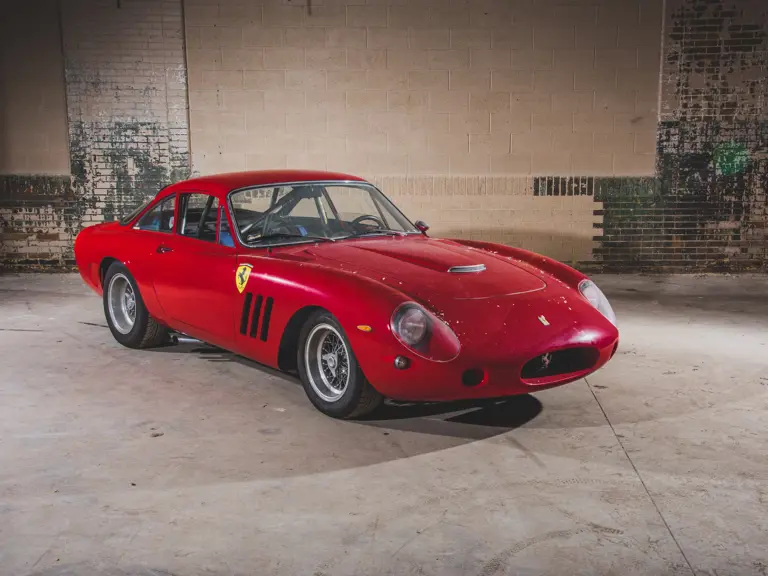

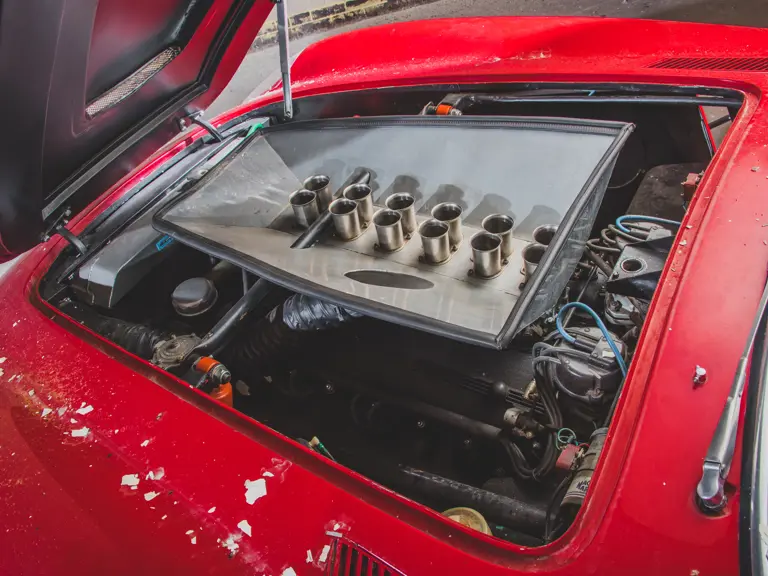
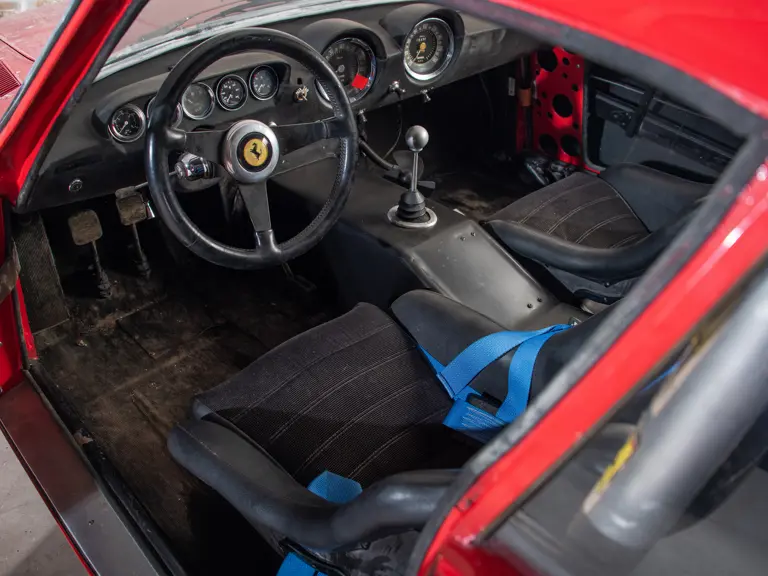

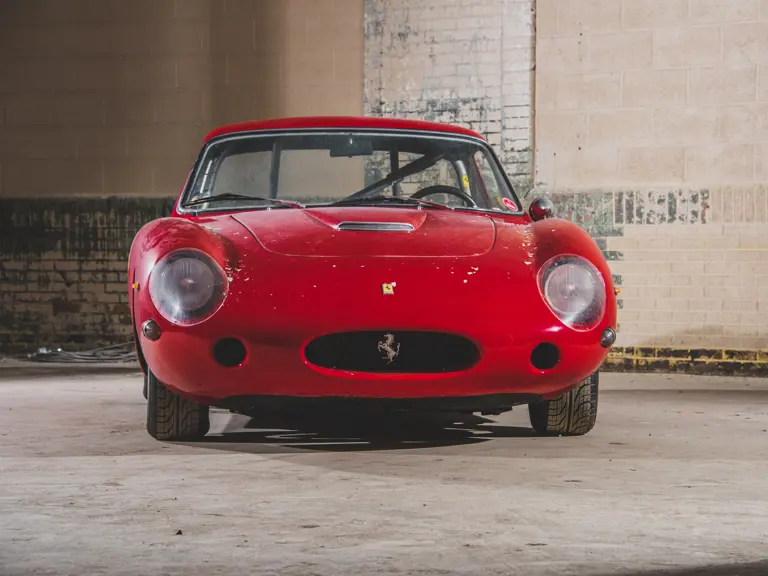
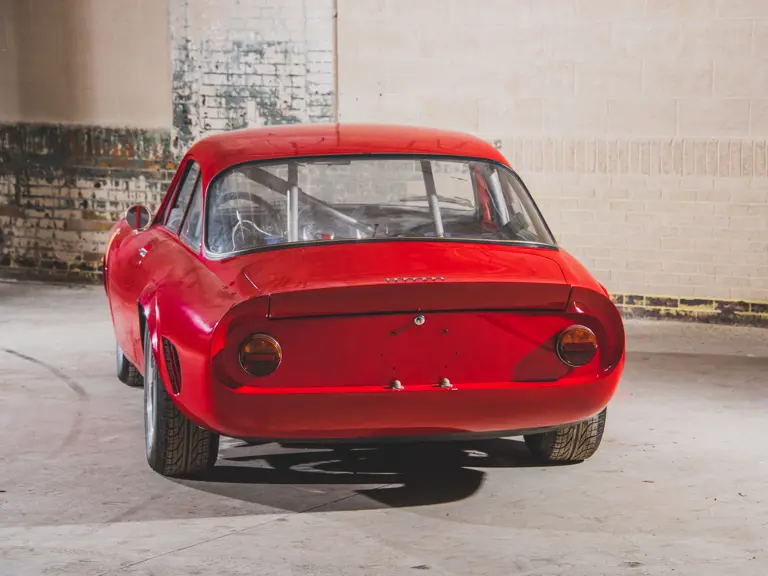
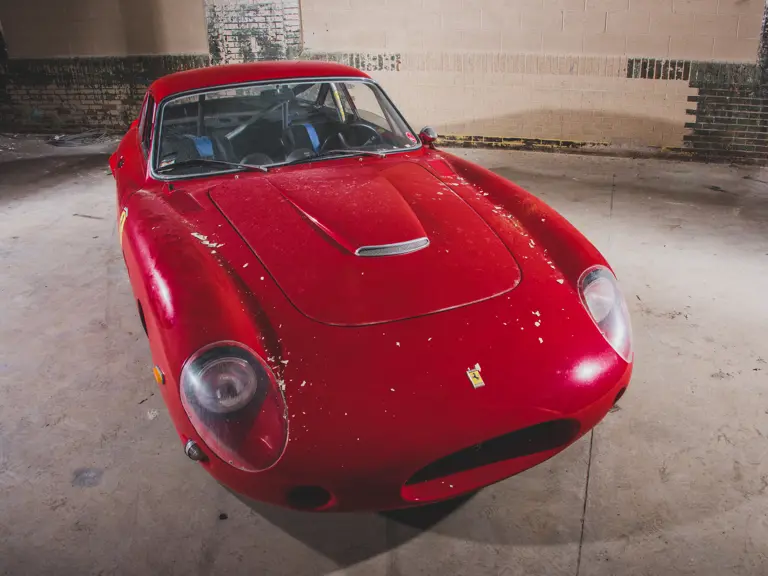
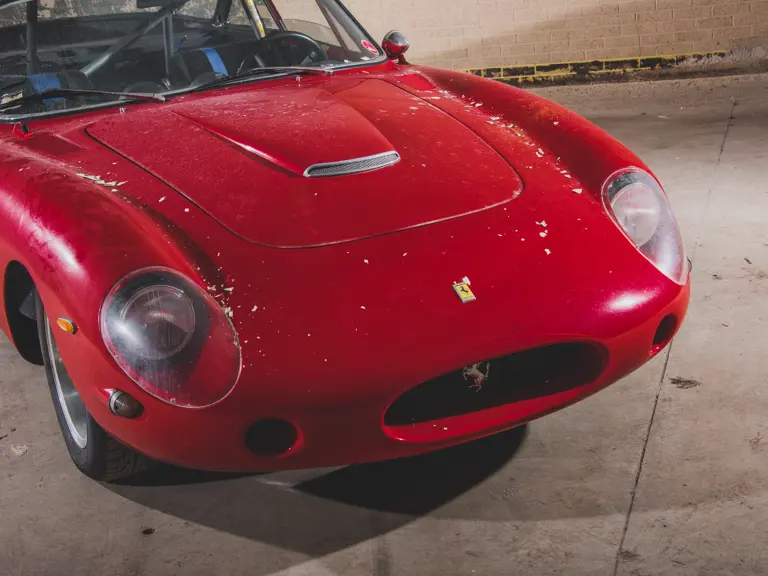

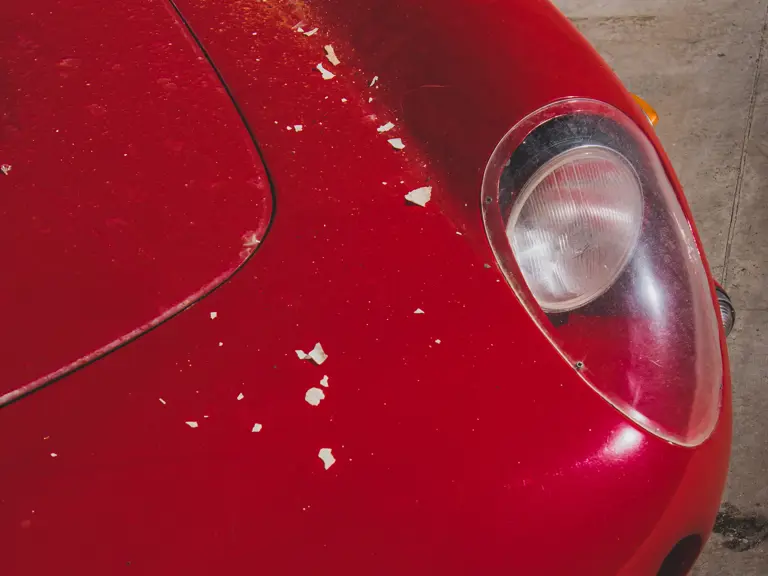

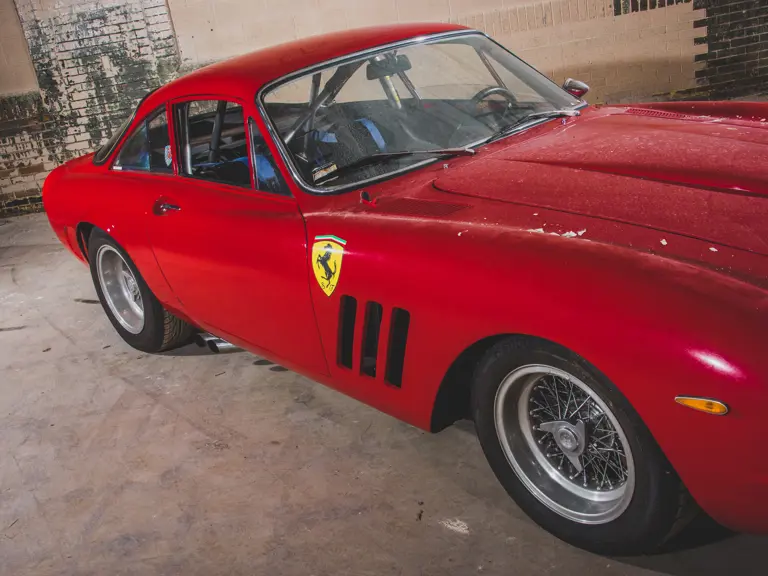
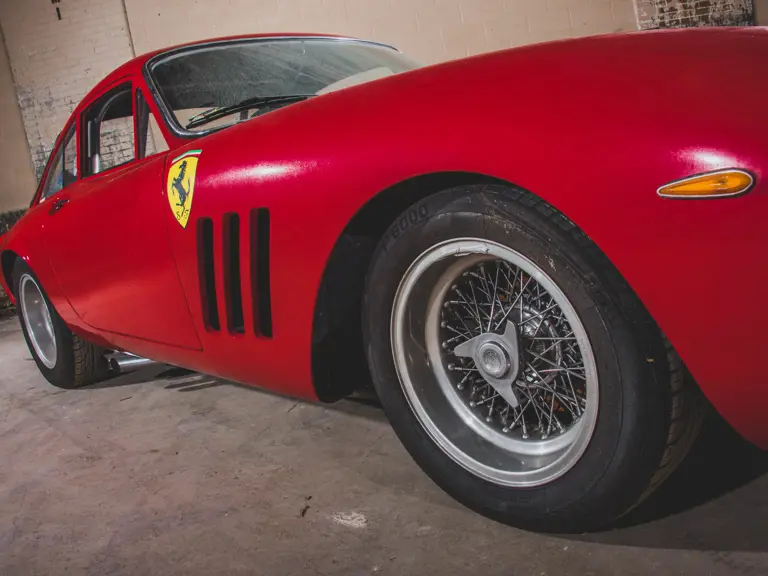
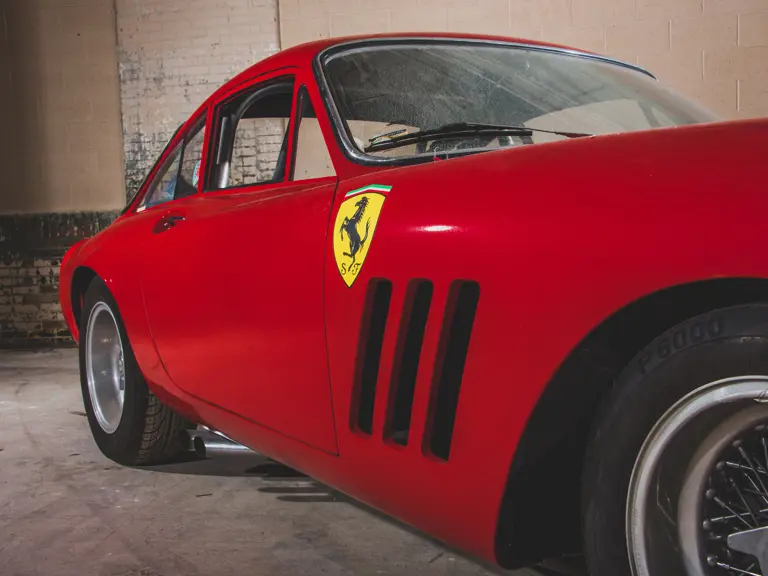

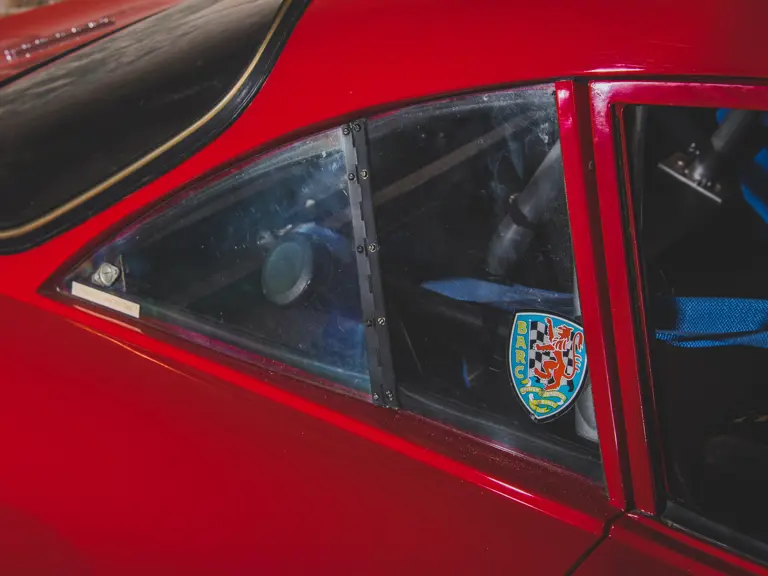
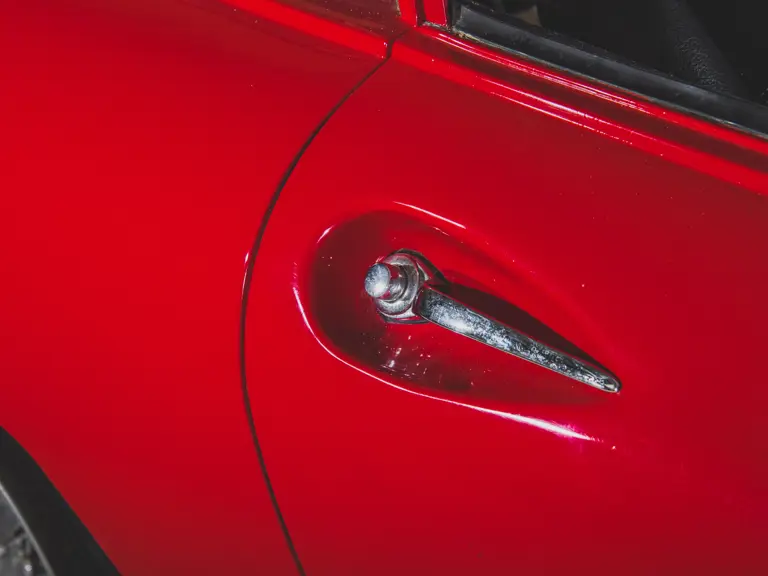

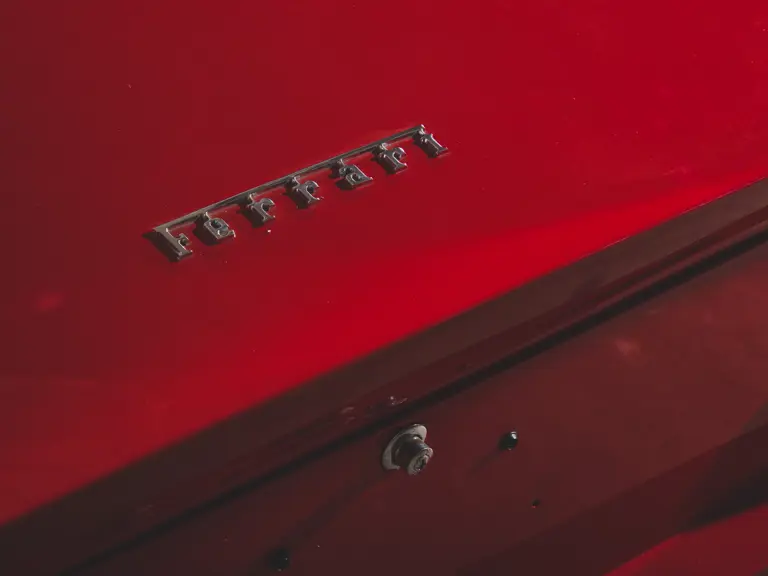
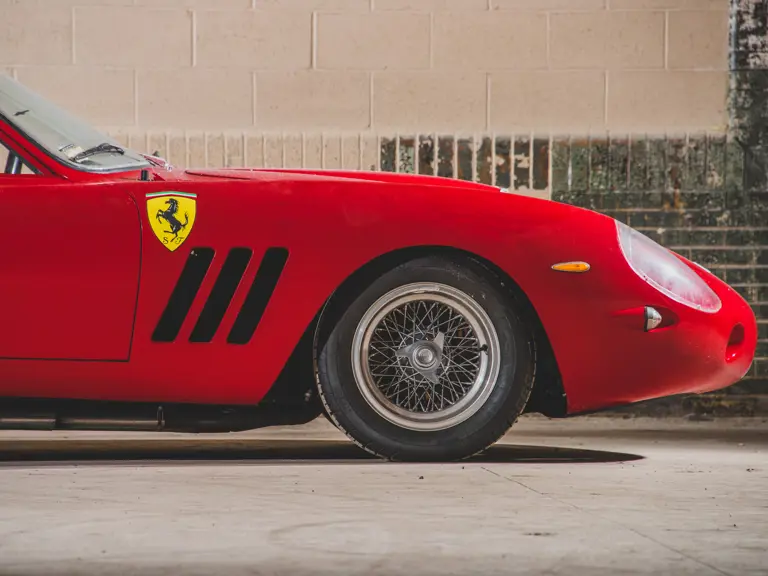

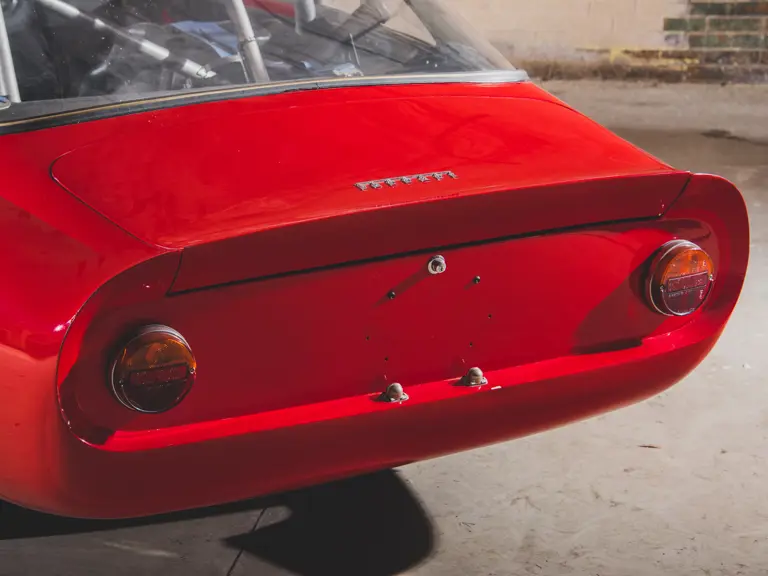

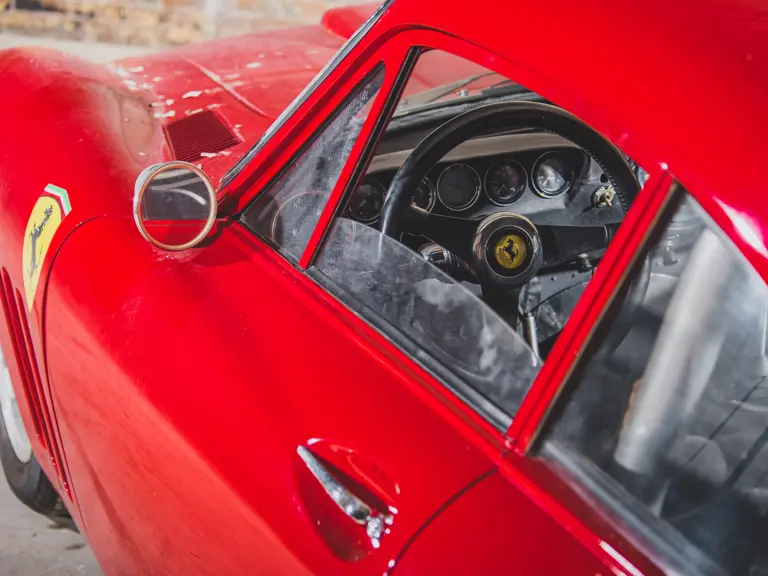
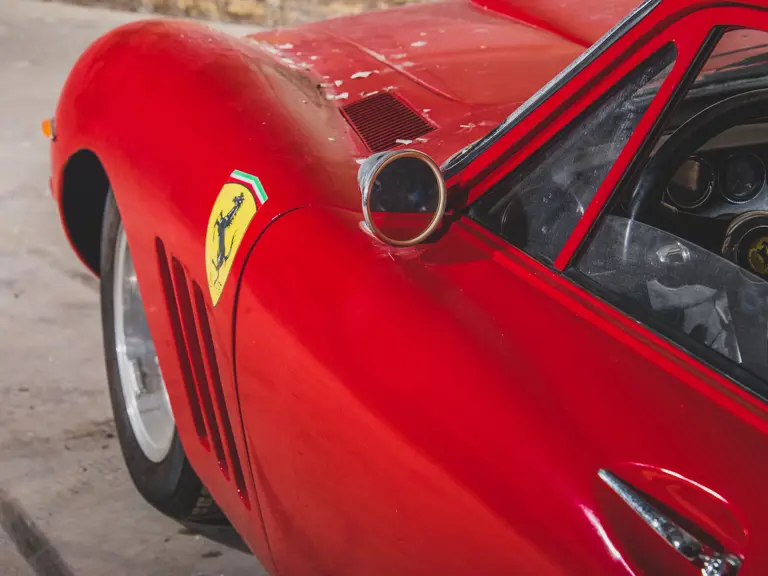
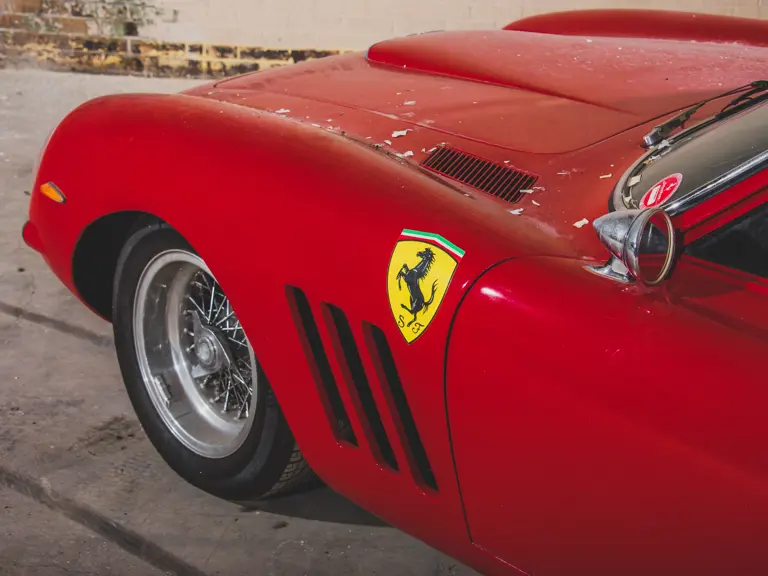
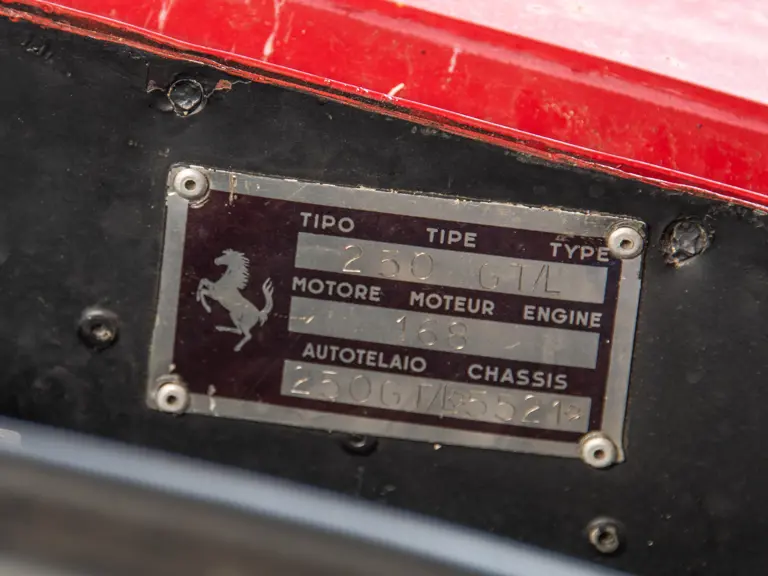
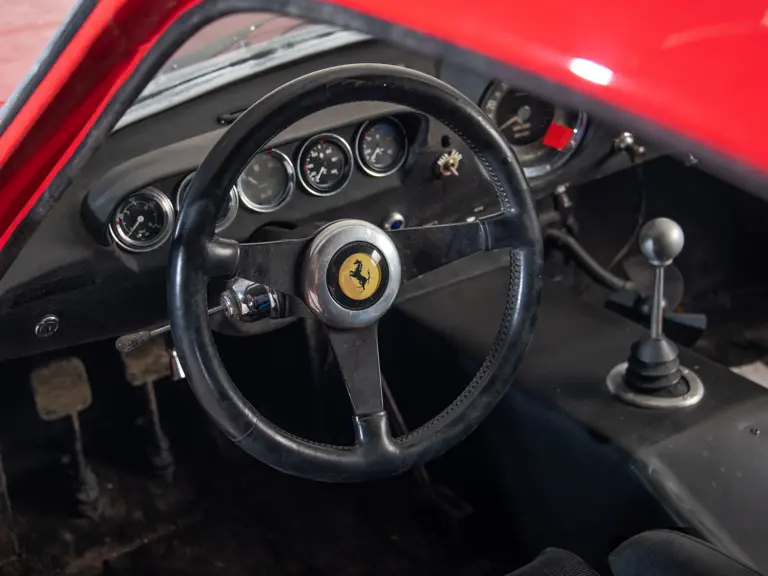
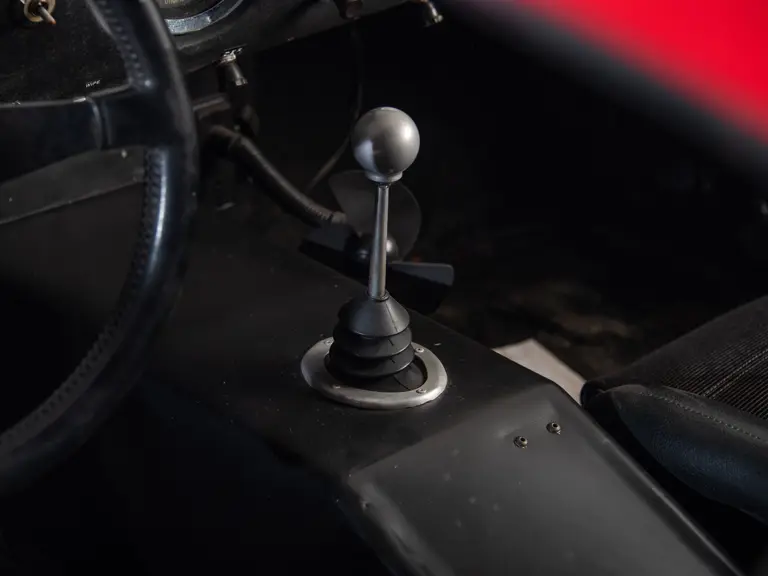
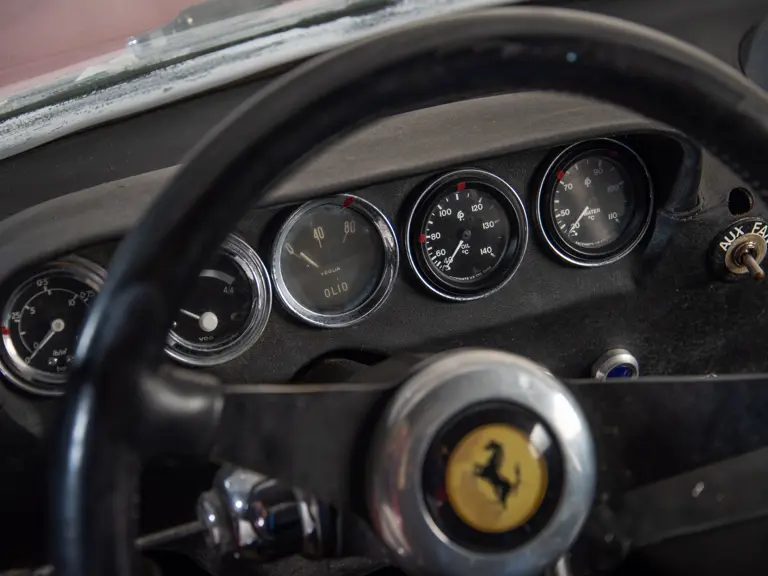
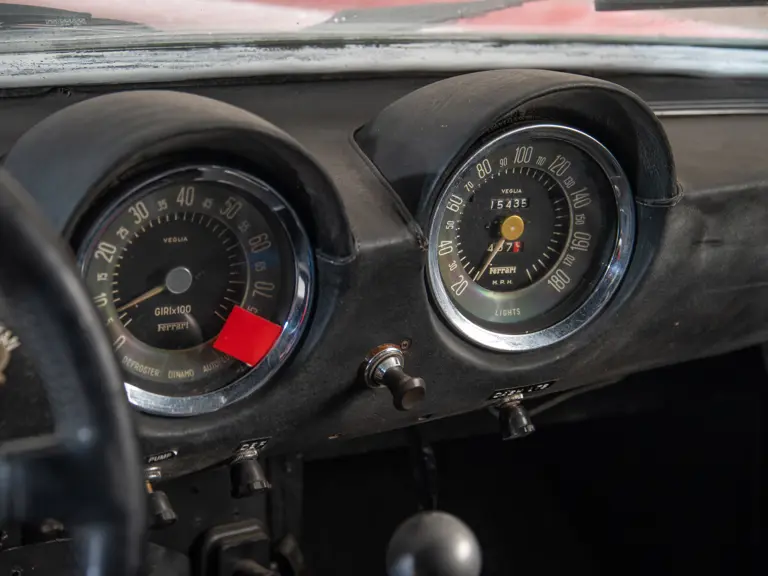

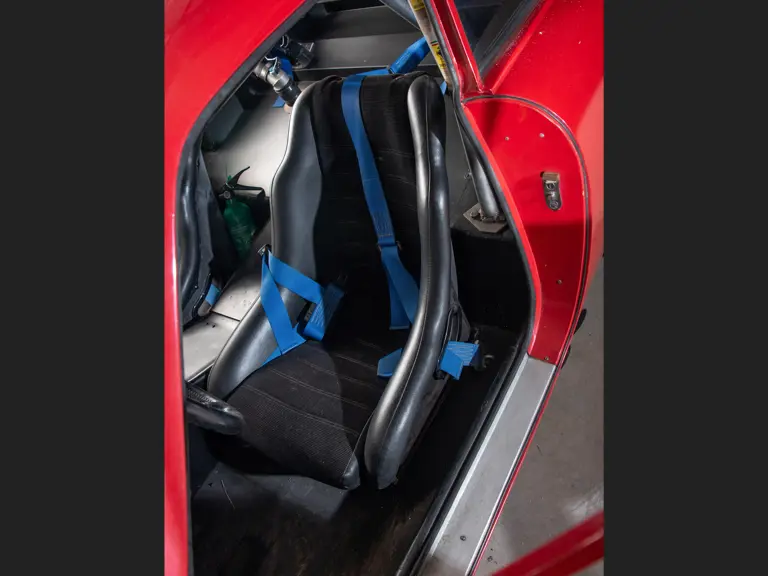
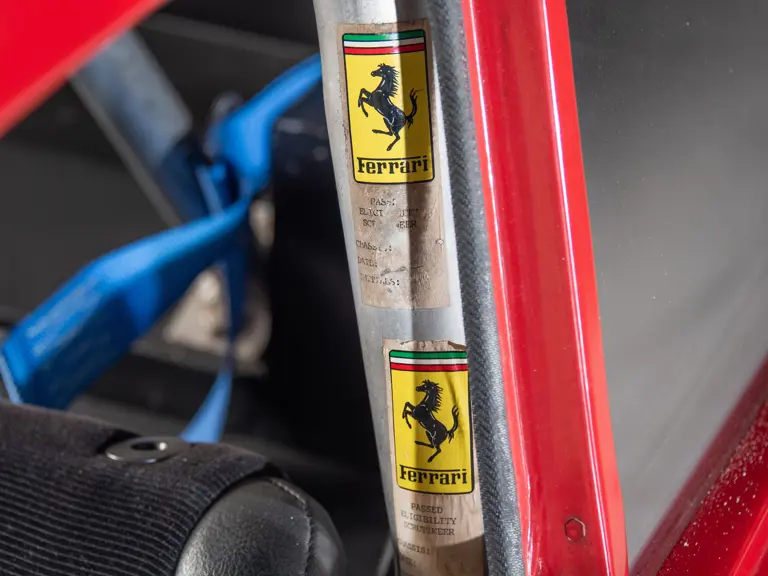

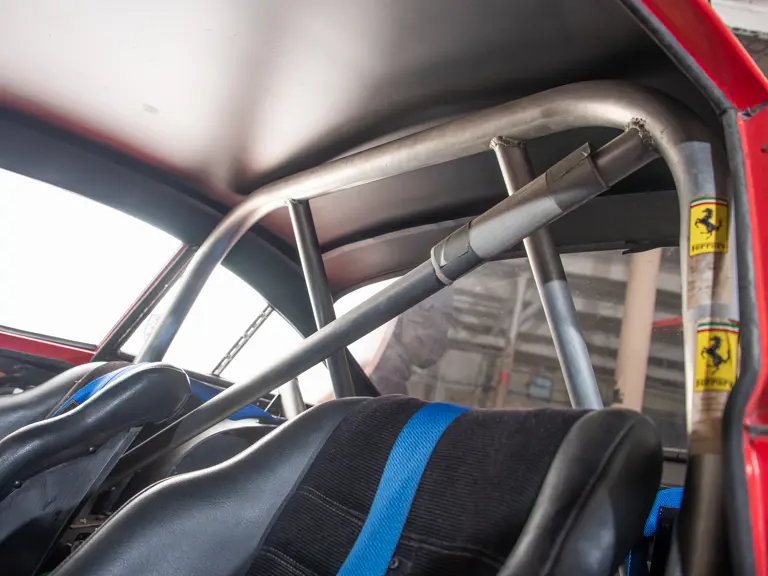
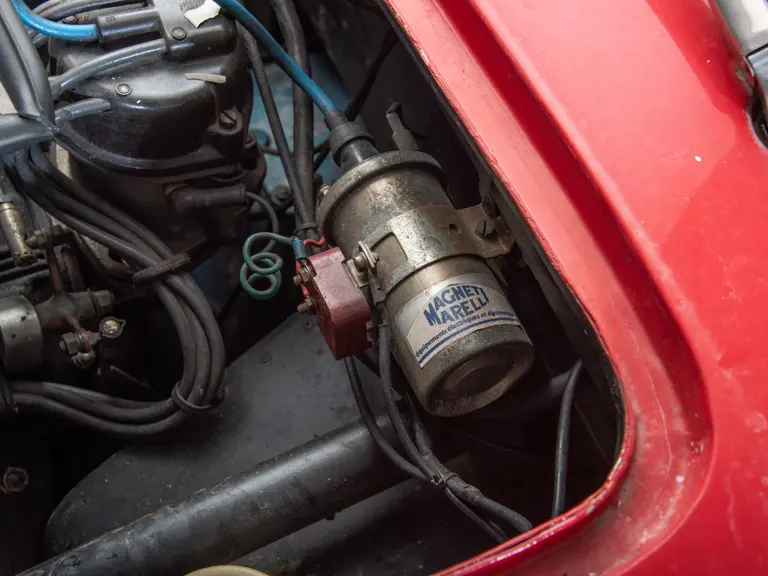
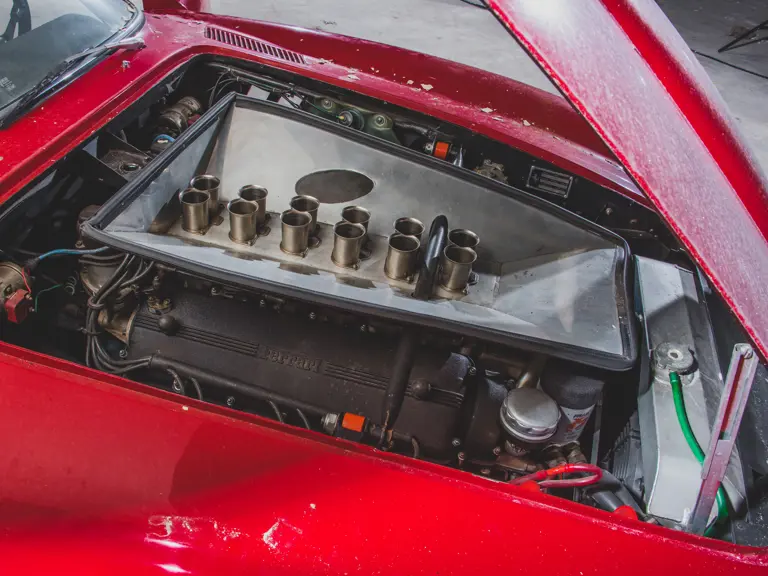
 | Monterey, California
| Monterey, California
